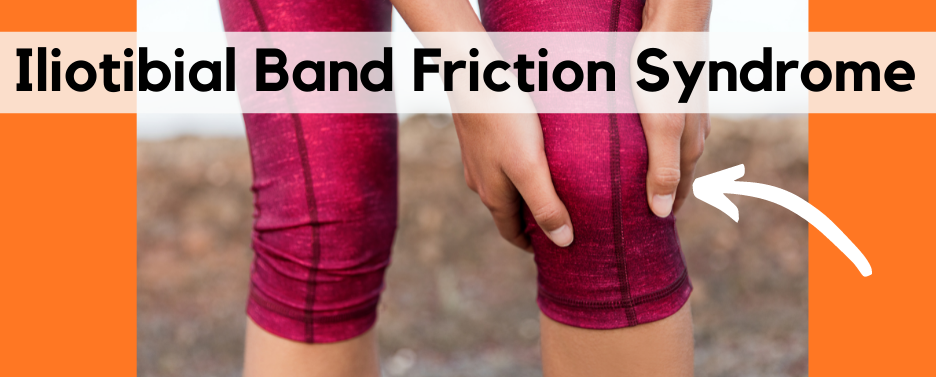Iliotibial Band Friction Syndrome

Iliotibial band friction syndrome (ITBS) describes damage to the iliotibial band, the thick band of connective tissue that runs down the outside of your thigh from your hip to the top of your shin bone, as a result of the band repeatedly rubbing over a bony bump on the outside of the knee as the knee bends and straightens.
While this condition has been poorly understood previously, recent studies suggest that it may be a layer of fat that sits between this bump and the band that may be the cause of the pain, swelling and discomfort. Regardless, the result is pain on the outside of the knee and in the area of the iliotibial band.
Causes & symptoms of iliotibial band pain
The most common causes we see are the combination of a tight iliotibial band (very common if you exercise but don’t focus on this band specifically) and overuse by repeatedly bending and straightening the knee so that the tendon is repeatedly rubbing. Overuse may be contributed to by increasing your running, walking, hiking or cycling distance or intensity, poor foot and leg biomechanics, weak muscles including the gluteals and unsupportive footwear – to name a few.
The primary symptom is pain on the outside of the knee that is exacerbated by bending and straightening the knee. Initially, you may also have some swelling, stiffness or weakness in the knee.
Treating iliotibial band friction syndrome
Like the other causes of knee pain that we see and treat, there are three important parts to treatment in order to give you long-lasting relief from your pain and avoid the recurrence of injury.
- Treating your immediate painful symptoms
- Repairing the damaged ITB to get it back to full strength and functional capacity, while letting the microtears heal
- Addressing the causative factors so that the problem doesn’t continue to recur in the future
Your podiatrist here at Masterton Foot Clinic will run you through every step, all your options, and how they work to support your recovery and long-term health.
FAQs
How long does it take to recover from iliotibial band syndrome?
We see ITBS take anywhere from 6 to 12 weeks to heal and for the knee to get back to full strength and function, assuming that you follow the course of treatment recommended by your podiatrist. This does depend on the severity and chronic nature of the injury, and how much loading you expose your knee and lower limbs to during the recovery period.
Can I keep walking while recovering from ITBS?
For many of our patients, their ability to stay active has a big impact on their physical and mental health and well-being, and we understand this. You can continue to do gentle walking to stay active – opt for flat, even surfaces and don’t overdo it. Your podiatrist will give you more tailored advice at your appointment.
Is foam rolling the outside of the thigh helpful for ITBS?
Interestingly, the tightness of the ITBS is much more dependent on the muscle that attach to it, as opposed to the ITB itself. These include the gluteus maximus, medius and the tensor fascia latae, as well as the outer quadriceps muscle. These are the muscles that we recommend targeting with the foam roller, as long as your podiatrist gives you the ‘okay’ to do so. Here is a video on how you should foam roll for ITBS.
Does ACC cover treating iliotibial band syndrome?
If your injury was sustained as a result of an accident, then you may be eligible for ACC. We will fill your paperwork and submit a claim, it is up to ACC whether or not you are covered.


